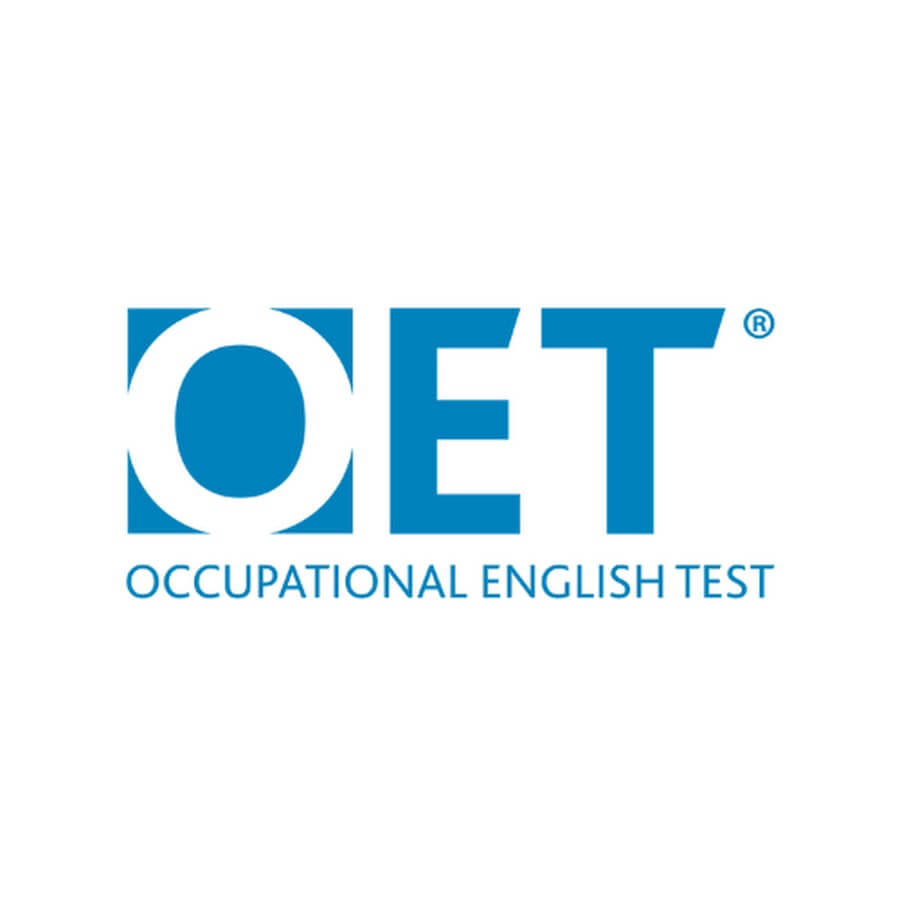Enhancing Clinical Communication in OET Speaking: Reassurance Strategies for OET preparation. In the dynamic field of healthcare, effective communication is as vital as clinical expertise. For OET candidates, mastering the skill of reassurance is a critical component of their training. This blog by Khaira Education delves into strategies to enhance clinical communication, focusing on the art of reassurance for healthcare professionals preparing for the OET.
Strategic Reassurance in Healthcare Settings:
Reassurance isn’t just about allaying fears; it’s about fostering a therapeutic alliance. Professionals in healthcare, whether they be doctors, nurses, pharmacists, or physiotherapists, must learn to provide reassurance that’s both compassionate and informed.
Empathy and Patient Understanding:
Healthcare providers must employ empathy effectively, ensuring that their interactions with patients are not only informative but also emotionally supportive. For instance, a nurse might say, “I understand that this treatment can be daunting, but we’re here to support you every step of the way.”
Tailored Reassurance for Diverse Healthcare Fields:
Each healthcare field has unique communication challenges. A pharmacist might reassure a patient by saying, “We’ll review your medications thoroughly to ensure they’re the best fit for your treatment plan.” In contrast, a physiotherapist could offer, “We’ll tailor your rehabilitation program to enhance your recovery and mobility.”
Avoiding Overpromises in Patient Care (False Reassurance):
It’s essential for OET candidates to learn the importance of avoiding overpromises. For example, a doctor should not guarantee a quick recovery but instead might say, “We’re committed to providing the best possible care to enhance your recovery process, though it may take some time.”
Practical Reassurance Examples:
MEDICINE
For doctors: “While we wait for further tests, let’s focus on managing your symptoms effectively.”
Scenario: A patient is apprehensive about the potential diagnosis they might receive after their tests.
Patient: “I’m really scared about what you might find. What if it’s something serious?”
Doctor: “It’s natural to feel anxious about test results. We’re doing these tests to ensure that we have all the information we need. Once we have the results, we’ll discuss them together and explore all the options. My priority is to keep you informed and involved in every decision about your health.”
NURSING
For nurses: “I’ll be here to monitor your progress and address any concerns you might have during your treatment.”
Scenario: A patient is worried about the pain after their surgery.
Patient: “I’m really worried about the pain I’m going to experience after the operation.”
Nurse: “It’s completely normal to be concerned about post-operative pain. We have a range of pain management options, and we’ll closely monitor and adjust as needed to ensure you’re comfortable. Can I go over these options with you?”
PHARMACY
For pharmacists: “Let’s discuss how to manage potential side effects, so you feel more comfortable with your medication regimen.”
Scenario:
A patient is concerned about the interaction of their new prescription with their current medications.
Patient: “I’ve read about some serious side effects when this medication is combined with what I’m already taking. Is it really safe?”
Pharmacist: “You’ve done the right thing by being cautious about medication interactions. Let’s review your current medications together, and I will explain how this new one interacts with them. Our goal is to manage your health safely, and I’ll make sure you have all the information to take your medication confidently.”
PHYSIOTHERAPY
For physiotherapists: “Your concerns are valid, and we’ll adjust your therapy plan as you advance through your recovery stages.”
Scenario:
A patient is feeling discouraged about their slow progress in recovery from a sports injury.
Patient: “I feel like I should be able to do more by now. Why isn’t my body responding to the exercises?”
Physiotherapist: “Recovery times can vary greatly, and it’s not uncommon to have these feelings. Your progress, while gradual, is steady, and every small improvement is a step towards your full recovery. Let’s look at your exercise plan and see if we need to make any adjustments to support your recovery better.”
Conclusion of Reassurance Strategies for OET preparation:
For healthcare professionals gearing up for the OET, developing robust reassurance skills is essential. By integrating these strategies into their practice, they’re not only preparing to excel in their OET examination but also committing to patient-centred care that resonates with the core principles of their respective fields.






